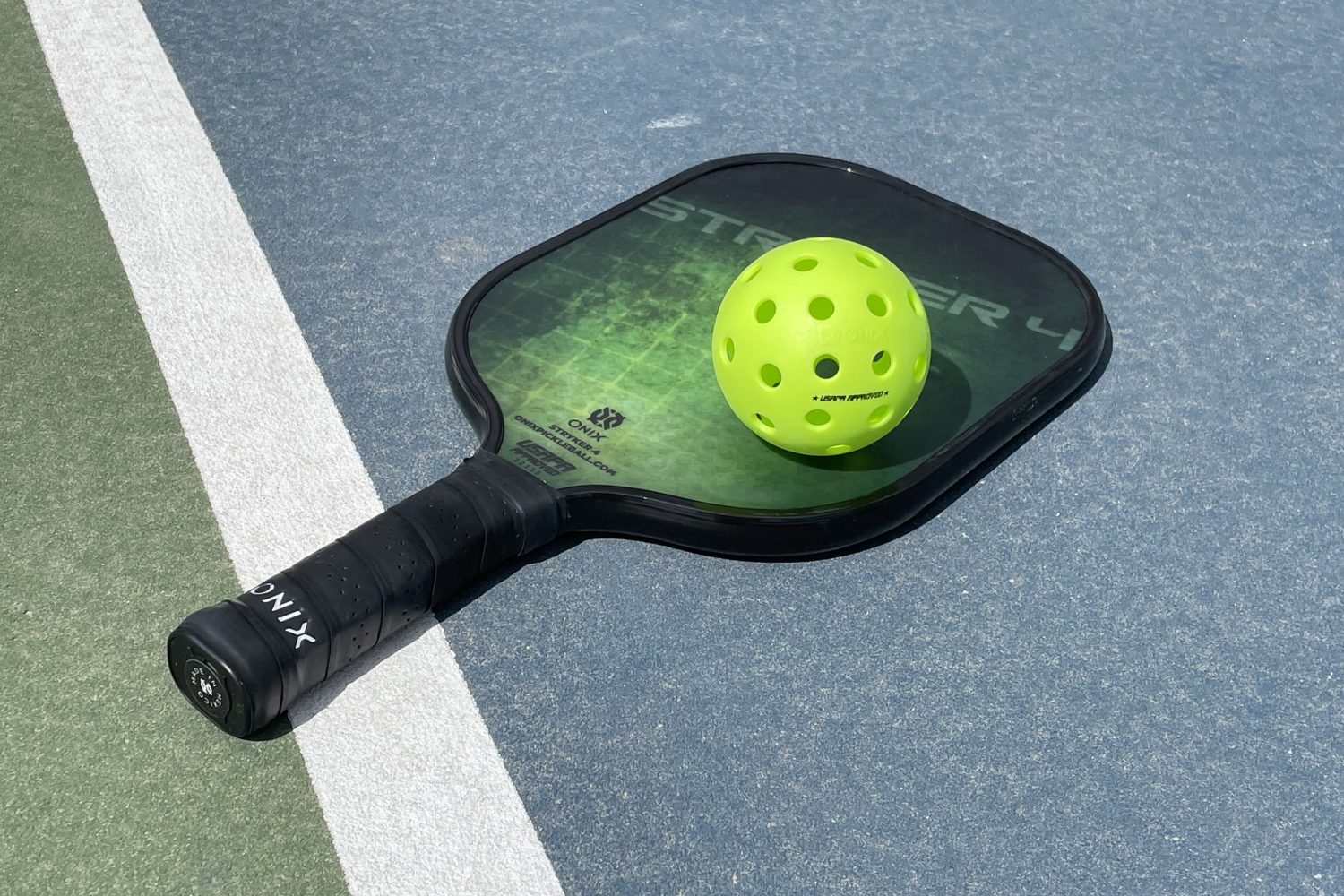“We have no kids, so our basement is a playroom—for us,” says Michelle Donnelly, who lives in Dranesville with her husband, Pat. “We enjoy wine, and whenever we were on vacation we frequently shipped wine home. Cases were stacked up in the basement.”
They shipped back bottles from South Africa and Australia. It was after a trip to Rome a few years ago, where Michelle and Pat took a tour of wine bars, that they decided to have a cellar built.
“People who are bitten by the wine bug start by collecting good wines—not necessarily great wines—but they gradually begin to buy better and better wines,” says Scott Greenberg of Potomac, who writes a syndicated wine column. “A wine refrigerator or storage cabinet usually comes first, but eventually new collectors step up to a wine cellar complete with humidity and temperature controls.”
Steve Goldstein, a former sommelier and owner of Classic Cellar Design, says the wine-cellar trend started out west: “Over the last ten years, most custom homes on the West Coast and in Las Vegas included at least a 500-bottle cellar. We are just starting to see this with larger custom homes in the Washington area.”
While most cellars here are modest, some wealthy wine lovers spend a quarter of a million dollars to put in murals, flooring salvaged from a French chateau, and space not just for thousands of bottles but for entertaining. ➝
But a wine cellar should blend aesthetics and function. While you’ll have to decide whether you want basic western red cedar or rare African mahogany racking, the first priority for serious wine collectors is controlling the environment.
“The cooling unit is far more important than any aspect of appearance,” says Ben Crawford of Apex Wine Cellars. “The biggest mistake people make is cutting back on the infrastructure budget to devote more money to fine wood racks. Wine can be stored in boxes on the floor, but if the temperature and humidity are not right, your wine can be ruined.”
Temperature and Humidity
The ideal storage temperature for wine is 55 degrees—according to Crawford, the temperature of caves in France. “It seems the industry standard is part tradition, part science,” he says.
Bill Sanders is a bond trader who lives in McLean and founded the Wine Advocate Fund, which organizes wine auctions that benefit charity. For him—he has 7,000 bottles—a wine cellar is about storage, not entertaining.
“Some people make magnificent spaces with chandeliers. I never had a desire to entertain in a temperature-controlled room. My wife is not going to sit in a room that’s 55 degrees, no matter what I’m serving,” he says with a laugh.
If your basement does not stay a steady 55 to 57 degrees, insulation and refrigeration can come into play. It also helps if a wine cellar is very dark. Wine bottles are made of dark glass because light affects aging: light begets heat.
Lower temperatures do not negatively affect wine. But temperatures warmer than 55 degrees age wine too quickly, “cooking” it and ruining the taste. Equally bad are drastic fluctuations in temperature and humidity, which can cause corks to expand and contract, loosen, and leak, allowing air to get in and spoil wine. Ideal humidity for wine ranges from 60 to 70 percent. At lower humidity, corks dry out. If too high, mold may grow on the cork and affect the wine.
A modified air conditioner won’t work. Air conditioners cool a room but draw out too much humidity. Another tip: To keep cold air in, an exterior-grade door is recommended because it has a substantial seal, unlike hollow interior doors.
Expert Advice
If your cellar conditions are not naturally ideal, you could call in a cellar-design specialist to figure out the type of refrigeration system needed based on conditions and use.
“Almost every wine-cellar failure can be blamed on improper insulation and vapor barriers,” says Goldstein. “You are building a walk-in refrigerator in your home.”
Vapor barriers, six-millimeter plastic sheets, can be installed between the outside wall and the insulation to help trap cool air. Improper installation of a vapor barrier can cause condensation inside your walls, leading to mold and mildew, so it’s important to use a contractor experienced with vapor barriers. Icynene insulation also prevents moisture leaks that cause mold.
Insulation and drywall come next. The best choice is R-19 rigid foam insulation with green board, the moisture-resistant drywall used in showers.
Not every section of a basement works for a wine cellar, Goldstein says. Self-contained cooling systems need to be vented to a nearby interior space. “The ideal position is where one wall joins an unfinished area that is at least equal in area to the wine cellar,” he says.
For Michelle and Pat Donnelly, who worked with Classic Cellar Design, available space determined the size of their wine cellar. “We had plans for a nice basement with a bar, pool table, card table, TV area, full bath with a steam shower, and a workout room,” says Michelle. The wine cellar had to fit in a certain spot.
The resulting wine cellar isn’t huge, but it’s large enough for more than 1,000 bottles and for six people to sit around the room’s tall, rustic table. From other parts of the basement, you can see into the wine cellar, with its mahogany racks, tumbled travertine flooring, and, in alcoves in the walls, antique candelabra that belonged to Michelle’s grandmother.
The design was inspired by the couple’s trip to Italy. “We took a lot of pictures of walls over there,” Michelle says. “We wanted to make sure they used the right technique to get that Old World look.”
Storage and Organization
There are many types of wine racks available, including custom built. Wine bottles are heavy; racks should be securely attached to the walls.
Wine bottles are placed on their sides so corks stay moist. Because heat rises, even in a cold room, white wine should be kept on bottom racks to keep it cooler than reds. Champagne often doesn’t fit into regular wine-rack openings; it can be stored flush with the wall, on shallow racks.
All wine bottles, including magnums, should be kept on their sides. If you see one standing up, it is probably there for show. People tend to buy and open them for a celebration and then keep them for display.
How do collectors keep track of all the bottles? Some customize an Excel spreadsheet or use software like Robert Parker’s Cellar Management program. Cellartracker.com is a Web-based program that lets individuals in an online community share tasting notes, pricing information, and cellar inventory. Advanced programs like Carteduvin.com and Invictuswinegroup.com use bar-code scanning to categorize a collection.
What a Cellar Costs
Although he doesn’t share his client list, David Spon of Wine Cellar Concepts has been known to design cellars for the rich and famous. Spon-designed wine storage was a selling point at the 15 Central Park West condominium project in Manhattan, where buyers include the musicianSting.
His Web site, Davidspon.com, spells out the cost of a Spon cellar: “Design, fabrication and installation of custom cabinetry for 2,000 to 9,000 bottles will cost between $100,000 and $270,000 depending on space, wood species and use of special materials. Hand-finished cabinets are primarily designed in American Black Walnut, American Cherry, Hard White Maple, Quarter Sawn White Oak and White Oak.” That price does not include electrical or lighting work, the cooling system, flooring, plumbing, and hardware.
Back on Earth, Ben Crawford says he will install a 250-bottle, high-quality three-by-five-foot wine closet for about $5,000. If your cellar’s conditions are naturally ideal—and you order racks through a magazine like Wine Enthusiast and install them yourself—you can spend less.
Steve Goldstein says he can do a ten-by-ten cellar that holds up to 1,200 bottles for close to $30,000. The way to keep the price in line, he says, is to concentrate on one decorative element. “Not every item has to be high-end,” says Crawford. You might cut back on the wood and the fancy chandelier but splurge on the tile floor.
The cost of constructing a wine cellar is just the beginning, of course.
“We find that people who decide to have a wine cellar have a passion for wine,” says Goldstein, “but they may have only ten good bottles in the house before they make the decision. Some go crazy stocking the cellar once the job has been completed. It is a lot easier to purchase wine once you have a cellar for proper storage. One client spent $75,000 on his cellar and $175,000 stocking it—in three weeks.”
Wine Guys
These wine-cellar companies were recommended by local wine experts and wine-store owners.
Apex Wine Cellars & Saunas (Ben Crawford); 540-336-3027; apexwinecellars.com. This Washington-state manufacturer and installer has more than 20 branches across the country.
Classic Cellar Design (Steve Goldstein); 202-270-4384; classiccellar.com. A wine-cellar design/build firm founded by a former sommelier.
Vintage Wine Rooms, a distributor for Wine Cellar Innovations (Joe Duffus); 703-926-2809; vintagewinerooms.com. Through its Great Falls showroom, this company offers complete turnkey design, procurement, and installation of custom wine cellars.
Wine Cellar Concepts (David Spon); 202-251-1999; davidspon.com. Since 1988, Spon has built high-end custom wine cellars for “serious collectors.” Travels often from Connecticut to McLean.

















